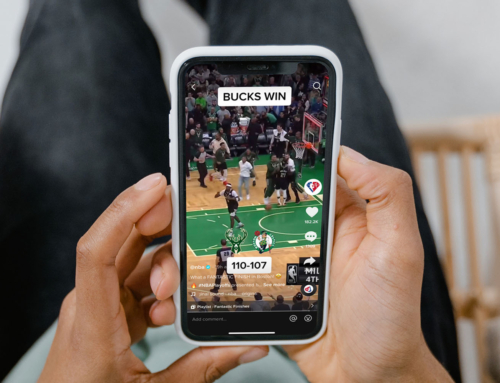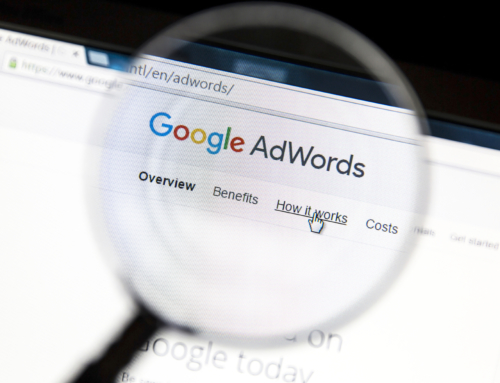A solid plan is essential for successful marketing. Even with an excellent business plan, you need a marketing strategy. Effective marketing is necessary to reach financial targets. If you don’t have a marketing plan in place, now is the time to start. The business world is competitive. You can’t rely on the quality of your product to sell itself. You have to put in the effort to make it visible.
For small businesses and start-ups, the plan doesn’t need to be too intricate. Make it simple, concise, and manageable.
What Does It Mean to Have an Effective Market Plan?
A good marketing plan focuses on both acquisition and retention. Implement a cohesive strategy that highlights your objectives. Make sure you explicitly define your targets. To make it simple, set parameters for your plan. Reference your budget. Set quantifiable goals that you want to achieve.
A simple plan should cover the 4 P’s (Price, Product, Place, & Promotion.) In addition, your plan should outline SWOT (Strengths, Weaknesses, Opportunities, and Threats.)
We will outline a step-by-step guide to building a simple marketing plan.
STEP 1: Goal Setting
Outline the objectives you want to achieve. Look at the current market conditions and see what your competitors are doing. If you don’t know where you want to be, you won’t know how to start.
Be specific while setting your targets. Make sure your targets are defined by measurable KPIs. Break your targets down to reachable outcomes. For example, a 10% increase in monthly sales, or a 20% increase in traffic. These are measurable goals. Ensure that your marketing goals align with the marketing plan.
Manage your expectations. Don’t set goals that are too ambitious. Unrealistic goals are counter-intuitive and can demotivate your team. Be realistic with your optimism.
STEP 2: Evaluation of the Market
Once your goals are set, it’s time to evaluate the market. Identify your target segment. It is important to identify who your customers are. You will be in the best standing if you understand your clientele. With this information, you can appeal to your customers’ needs. Know your customer before you create your branding. This way, you can truly speak to them.
Targeted marketing allows for focused campaigns. Use a variety of tools to gain insight of customers’ preferences. For simplicity, you can use social media to research customers. Likewise, you can research your competitors’ strategies.
STEP 3: Selection of Marketing Channels
Make sure your marketing effectively represents your brand. Choose the channels you want to utilize. Make sure they will be effective for your product. Using customer insight, build campaigns that will appeal to your target market. In addition, check which marketing channels your clients engage with.
Location is important. The right campaign on the wrong channel won’t be successful. You don’t need to advertise on every platform. Choose the ones that work for your business. Decide whether you should focus on social media, email, or paid ads. B2B services will use different avenues than a B2C business model. Some concepts are best delivered through email. Others might be more successful as paid ads.
The best marketing plan is multi-faceted and integrates multiple channels. Diversifying relays a standardized marketing message. Use a mix of marketing channels with a high rate of ROI. Keep a close eye on the results of your campaigns. Ensure you’re employing tactics that show results.
Your brand message should be cohesive across all channels. Remember that all of your advertising represents your brand’s identity. A well-planned campaign reinforces your customer’s decision. Why should they choose your brand over your competitor?
STEP 4: Creating Your Marketing Message
No matter the product, your message should stand out. Make sure your message grabs the attention of your target audience. Understand the common thread that attracts buyers to your brand. Gather data on who uses your (or a similar) product.
With this information, create a buyer persona. The persona should represent your appropriate market segments. You can tailor relevant messages to send to each of these segments. The brand personality should have attributes of your clients. Take their interests into account. Insert your brand into their lifestyle.
Write social media content and responses with your persona’s voice. Speak to your customers honestly, in their language. Your message should always be customer-focused. Clearly outline the benefit to the customer when using your product.
Additionally, your message should evoke emotions in the viewer. Create ads that they can relate to. Connect with your audience on a personal level. Check your intentions. To provide true value, your brand has to care about the customer above all.
STEP 5: Proactivity & Response
You’ve tailored a campaign strategy for your target market. What is the next stage? Prepare for lift off! It’s time to launch the campaign. Once it goes live, you need to monitor your success. Be ready for failure. Every campaign will deliver results on the first run. Most campaigns will need adjustments before yielding results.
In the beginning, you must test the efficiency of your campaign. Stay on top of it by observing results. Respond accordingly. If you find that objectives aren’t met, identify the reason. Regularly rework your campaign to improve your KPIs.
Campaigns sometimes raise challenges that you hadn’t considered. Account for uncertain market dynamics. E. Deming’s PDCA Cycle is a useful tool. Plan-Do-Check-Act. This model recommends using data for building blocks. Use your data for your decision-making, rather than creative preferences.
Creativity and big ideas have a place in marketing. But, remember the information your providing is not for you. Your campaigns are designed for your customer. Use their minds to fuel your vision rather than building from your own.
Keep track of your plan’s performance. Make changes based on your results and statistics. Without a good marketing plan, you will limit business growth. Make a strategy that reaches your target audience. Deliver your message effectively.












Leave A Comment